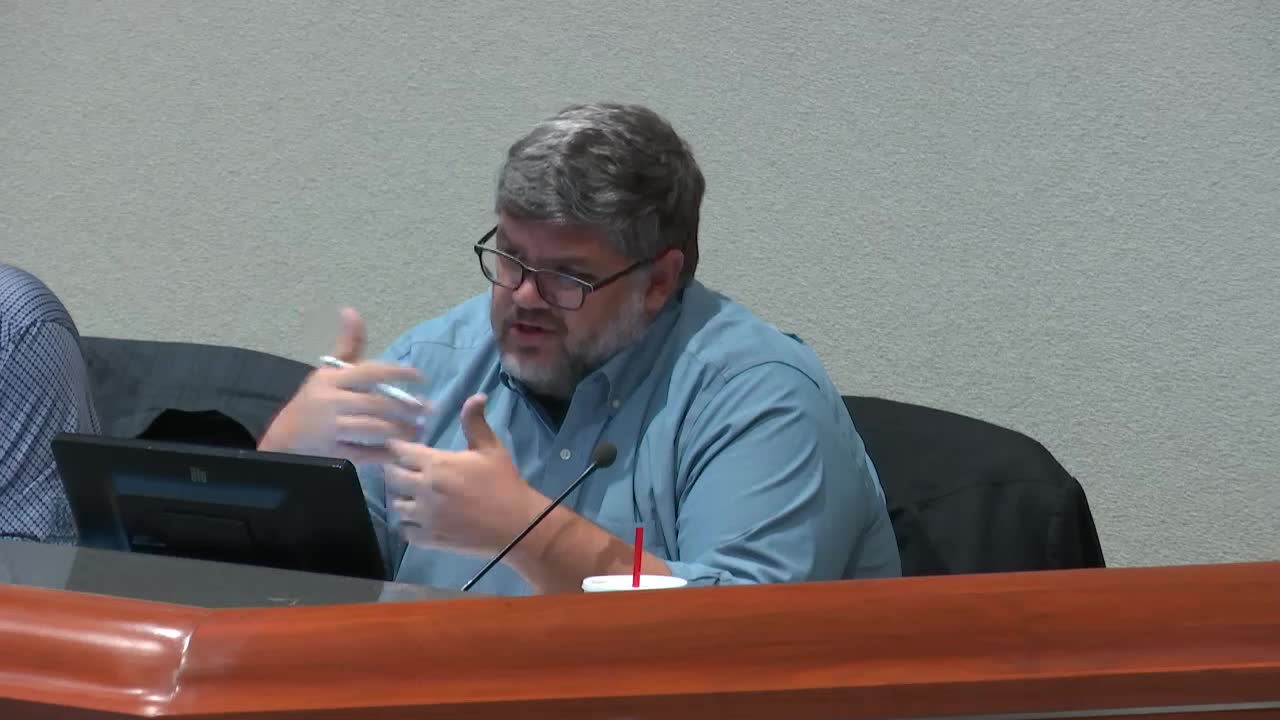Housing Strategy Sparks Debate Over Community Needs
September 17, 2024 | McKinney, Collin County, Texas
This article was created by AI summarizing key points discussed. AI makes mistakes, so for full details and context, please refer to the video of the full meeting. Please report any errors so we can fix them. Report an error »

During a recent government meeting, officials discussed the pressing need for a strategic approach to affordable housing in McKinney, Texas, as the city prepares for significant population growth. The conversation centered around the city's historical benchmark of providing one affordable housing unit for every 70 residents, a standard that has fluctuated with changing demographics and new developments.
With the addition of nearly 9,290 units from the Magnolia project, officials projected that the population would continue to rise, necessitating a reevaluation of housing strategies. Current estimates suggest that the city could reach approximately 76 affordable units per 100 residents by 2024, a slight increase from previous years. However, concerns were raised about the types of housing being developed, particularly regarding the lack of options for lower-income households.
Officials highlighted that while the city has historically maintained a higher number of affordable units—averaging between 88 to 93 over the past 25 years—the current trajectory could see that number drop to around 69 units per 100 residents if new developments do not align with identified community needs. The discussion emphasized the importance of diversifying housing options to include units for those earning below 50% of the area median income (AMI) and affordable ownership opportunities for families earning between 80% to 120% AMI.
The meeting underscored a critical question: does the city's reliance on traditional development pathways, such as Low-Income Housing Tax Credit (LIHTC) projects, hinder its ability to address the broader housing needs identified in recent studies? Officials acknowledged the challenge of balancing immediate housing solutions with long-term community needs, urging a more comprehensive approach to future developments.
With the addition of nearly 9,290 units from the Magnolia project, officials projected that the population would continue to rise, necessitating a reevaluation of housing strategies. Current estimates suggest that the city could reach approximately 76 affordable units per 100 residents by 2024, a slight increase from previous years. However, concerns were raised about the types of housing being developed, particularly regarding the lack of options for lower-income households.
Officials highlighted that while the city has historically maintained a higher number of affordable units—averaging between 88 to 93 over the past 25 years—the current trajectory could see that number drop to around 69 units per 100 residents if new developments do not align with identified community needs. The discussion emphasized the importance of diversifying housing options to include units for those earning below 50% of the area median income (AMI) and affordable ownership opportunities for families earning between 80% to 120% AMI.
The meeting underscored a critical question: does the city's reliance on traditional development pathways, such as Low-Income Housing Tax Credit (LIHTC) projects, hinder its ability to address the broader housing needs identified in recent studies? Officials acknowledged the challenge of balancing immediate housing solutions with long-term community needs, urging a more comprehensive approach to future developments.
View full meeting
This article is based on a recent meeting—watch the full video and explore the complete transcript for deeper insights into the discussion.
View full meeting
